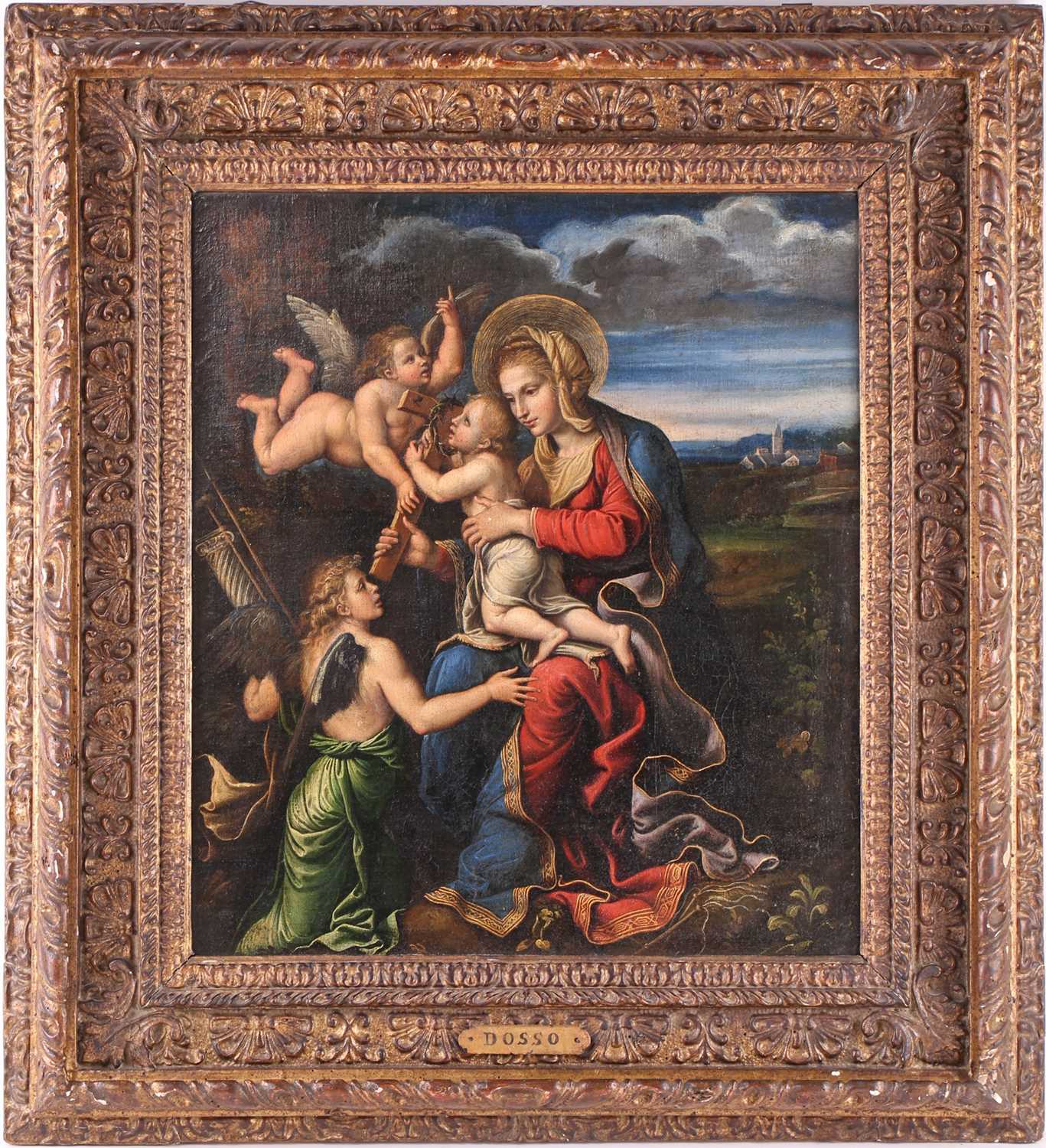Contemporary Art vs Fine Art
While both forms share a common goal of conveying a message, they differ in their intention.
20/02/2024
When it comes to art, there is a noticeable difference within the realm of artistic expression between Contemporary and Fine. While both forms share a common goal of conveying a message, they differ in their intention, methods, and materials.
Fine Art refers to works produced before the 20th century, spanning a rich history dating back to ancient times. Artists were highly trained and skilled, dedicating years to hone their skills in specific disciplines, they used refined materials to produce paintings in oil or watercolour, marble sculptures and charcoal drawings that conformed to an established set of artistic conventions and techniques. The focus was to send a message to the masses by producing a creative experience that was aesthetically pleasing and executed with the highest technical precision showcasing mastery of skills. The subject matter for artworks of this school is figurative, inspired by historical events and classical subjects whether religious or political right through to landscapes, portraits and still life. The finest examples from this period tell a story with emphasis on beauty through a harmonious balance of elements, detail, and technical excellence. Fine Artworks are unique and limited; therefore, their rarity increases over time.
Follower of Filippino Lippi (1457-1504), a depiction of the Madonna and Child with attendant angels
Contemporary Art alludes to works produced in the 20th century, originating roughly from the 1940s, it exists to break traditional norms and push boundaries by creating a sense of disruption and discomfort. These works tend to focus on conveying conceptual messages that provoke critical thinking among viewers, stimulating emotions and prompting dialogue about societal issues or personal experiences, often blurring the boundaries between art and life. Artists embrace experimentation, utilising any media or combination thereof to create their agenda, materials include unconventional ones like recycled items or technology-driven mediums, they may also incorporate found objects or repurpose everyday objects as part of their creative process. The goal is to create surprise or shock through an abstract or representational piece. Unlike Fine Art, Contemporary Art surpasses traditional portraits on canvases and can include installation art, performance art, video installations, or interactive displays.
Joan Mitchell (1925-1992) American, Untitled
In conclusion, while both Contemporary Art and Fine Art share the goal of conveying a message, their history, style, and purpose are contrasting. Contemporary Art embraces experimentation and challenges conventions to provoke thought and engage viewers in dialogue, often reflecting more than one message which could be contradictory or open-ended. Fine Art adheres to traditional techniques and materials while striving for aesthetic beauty and technical excellence. Understanding these distinctions allows us to appreciate the diverse forms of artistic expression that exist in today's world.
read more
How Can You Tell if a Painting is Valuable?
How Can You Tell if a Painting is Rare?
Are Paintings a Good Investment?
Are you thinking of selling any Fine or Contemporary Art?
With a global audience of millions, Dawsons can achieve the best prices for your artworks.
Please get in touch for complementary sales advice. Our expert valuers would be delighted to help.

